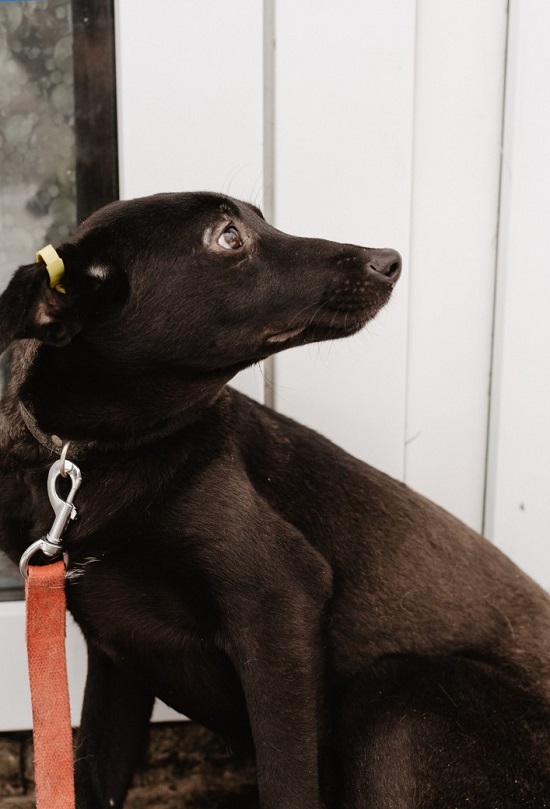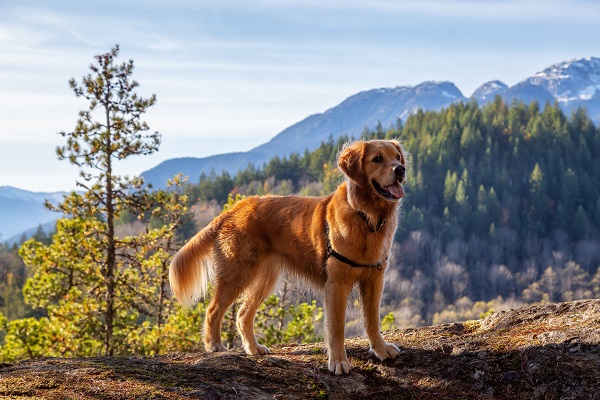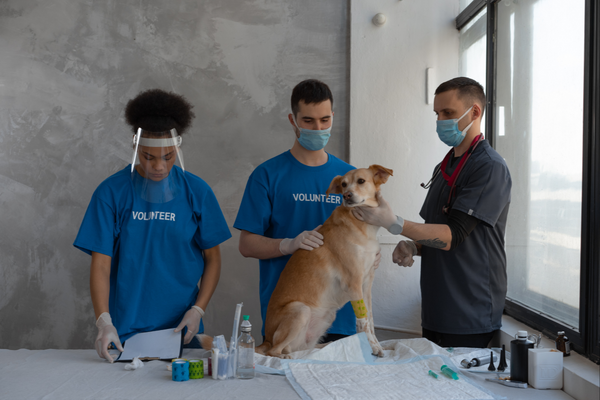Managing an anxious dog could be both heart-wrenching and depressing. Dogs could be afraid of many things, including an amicable hand, unusual objects, or other canines.
But, on the other hand, it could be depressing when the dog is taken by its insecurities that they can’t convey the love that enriches the human-animal bond.
If your dog is a fear-biter, it’s not just a danger for you and your loved ones but usually leads to euthanasia. Many people think that once a dog is scared, it develops into its ‘personality’ and can’t be changed.
That’s not true! Dogs can overcome fears and become well-adapted, social pets with love and determination.
Knowing why your pet is scared is the initial step to easing the problem. But unfortunately, dogs are fearful for similar reasons that humans fear improper socialization, illness, abuse, and genes.
Activities that will help you to approach a scared, nervous dog
Let’s discuss some exercises to help build trust between you and a dog.
1. Slow Down
One of the biggest mistakes several people make is moving too fast. So before you stand up, lift your arms, or make other potentially alarming movements, try to sign or get the dog’s attention subtly.
It will help the dog anticipate your actions and not feel so scared when you stand up or reach for something in the upper fridge. The goal is not to surprise your dog – make sure they know when you’re about to move or do something.
2. Avert Your Eyes
In many human civilizations, it’s polite to meet someone’s eyes. But for most other animals, eye contact is a threat. Staring at the dog, specifically, head-on is very scary for the dog. Approach the dog in an arc rather than head-on – if you approach the dog at all.
3. Offer Your Side
There are some scared dogs that will feel more comfortable approaching you if you kneel with your side or back to the dog rather than approaching the dog head-on.
This indirect approach is more “polite” in dog culture. However, approaching head-on, like down a hallway or on a sidewalk, is scary and direct. Of course, don’t turn your back on a potentially harmful aggressive dog – assess the situation and determine what is best.
4. Talk Less
Some dogs respond nicely to baby-talk. But many scared dogs are less receptive to our talkative primate methods. So feel free to test it out with your scared pup – do some soft baby talking and then watch if the baby talk seems to perk up her ears. Suppose she taps her trail, great! But if the baby talk doesn’t have a measurable positive effect, cut it out.
Rather than talking, stay quiet and use your body language to show you’re not a threat if the dog approaches you; great! If not, that’s ok too.
5. Observe Closely
The one thing that you can do to help a scared dog is to watch him closely and react to what you see. If a movement makes his pupils, flares his whiskers, elicits a backward weight shift, or sparks a calming signal, stop doing it.
If you get a little tail wag, easing of the eyes, or forward movement, reward that behavior with some treats that your dog loves.
Many people make the mistake of trying to reward bravery in a nervous dog with petting, praise, or cuddling. It is usually too much too soon and can backfire.
Let the dog do the talking and let the dog make the moves. Your job should just be to reward the good behavior that you see.
6. Let the Dog Approach You
Most people are distant and too quick to approach a scared dog, even if that dog is their own. If the nervous dog tries to engage with you, great! Reward that in a way like his favorite treats.
But if he chooses to keep her distance, respect that. You’re not building trust if you try to chase him around, forcing him to interact with you.
7. Try Pat-Pet-Pause
Once you have reached the scared dog to choose to approach you, now what? How do you keep building friendly behavior in your nervous dog? Pat-pet-pause is a wonderful tool to build up a scared dog’s enjoyment of petting.
This game is quite easy – but be sure not to start until after your dog has already approached you in Treat and Retreat. Start by patting your knees to call the dog over (pat). Then gently pet her under the chin, on the chest, or on the butt.
Treats or Food can motivate your dog to perform tasks or build a more trusting relationship between dog and human. If the pup is Food inspired, treats can be used to change the pup’s initial emotional response to you.
The trick to creating an association is always pairing the two items. So, whoever feeds the dog, will connect with the dog.
If your scared dog is having a more challenging time bonding with a specific family member, have them follow all the steps above and then take over all feeding. For less food-motivated dogs, a higher value food reward may be required to create the association.
Now, let’s talk about a walk!! Dogs love to go on walks because their genetic make-up demands that they exercise and find sources of mental provocation.
One of the best stimulation sources is smelling. Many dogs will gain confidence from scent tracking itself, but more than that, walking with you can work wonders on a bond.
As your dog meets new experiences outside the home, it will be vulnerable. However, having you there to lead them will remind them that you can take care of them. Moreover, this repeated experience over weeks or months will add to an overall feeling of trust.
If you didn’t know these things before, don’t feel bad. It’s never too late! Having a good approach when meeting a scared dog is like making a good first impression and will go a long way towards building trust – do this by being as boring as possible.

 DogExpress
DogExpress




















 in Chandigarh, India.
in Chandigarh, India. 
